Search
Search Results
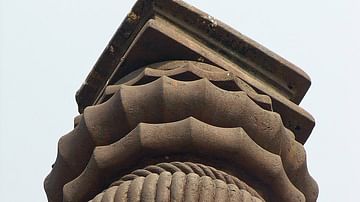
Image
Iron Pillar of Delhi
The Iron Pillar in Qutub Complex, Delhi is a stellar example of advanced metallurgy technology in Gupta Period (circa 320 - 550 CE). The 7 m (23 ft) high pillar was made corrosion resistant. It bears Sanskrit - Brahmi inscriptions eulogising...
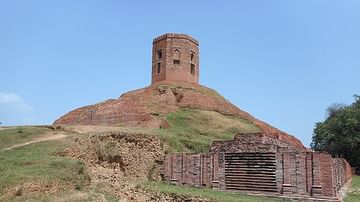
Image
Chaukhandi Stupa, Sarnath
The Chaukhandi Stupa was built during the Gupta period (4th and 5th century CE) and is believed to mark the place where the Buddha first met a group of five ascetics (who were later to become his first disciples). Rectangular in shape, with...
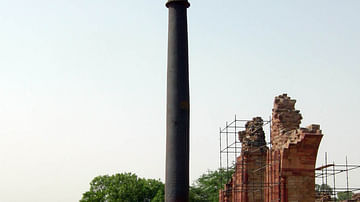
Image
Mehrauli Pillar
Iron pillar in the Qutb complex near New Delhi, India from the Gupta period.
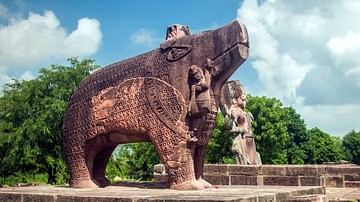
Image
Colossal Vahara Statue, Eran
A statue of Lord Varaha, the 3rd boar incarnation of Lord Vishnu. Beside the statue is the Earth goddess Bhudevi. This statue is carved from a single block of red sandstone with a height of 11 feet (3.35 meter). Made c. 510 CE, Gupta Empire...
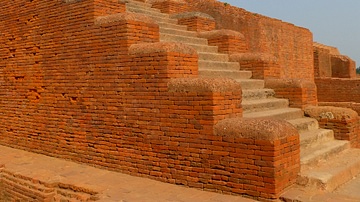
Image
Stairway, Nalanda
Nalanda was one of the oldest universities of the world and a revered center of learning. It was located in Magadha, modern day Bihar, India and was operational between c. 300-1200 CE. It received patronage from the Gupta Empire and also...
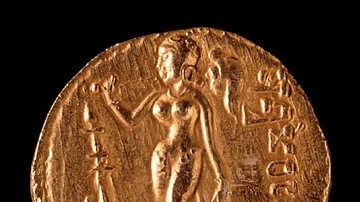
Image
Gold Coin of Samudragupta
Gold coin issued by Samudragupta (circa 335 – 375 CE).
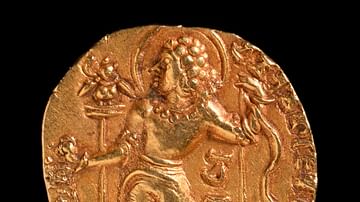
Image
Gold Coin of Chandragupta II
Gold coin issued by Chandragupta II (circa 380 – 414 CE).
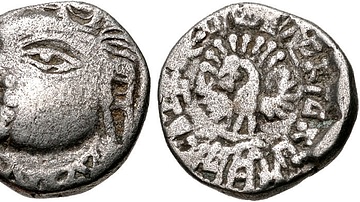
Image
Coin of King Ishanavarman
This coin was issued by the Maukhari king Ishanavarman (c. sixth century CE). It shows a diademed bust on one side, with a crescent on the diadem, probably representing the king himself. The other side has a peacock with its head turned left...
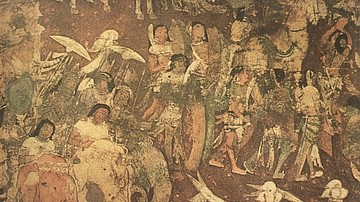
Image
Gupta/Vakataka Period War Elephants
A section of the mural at Ajanta in Cave No. 17. depicts the 'coming of Sinhala'. The prince (Prince Vijaya) is seen in both of groups of elephants and riders. This mural also depicts the soldiers of the Gupta/Vakataka period (4th to 6th...
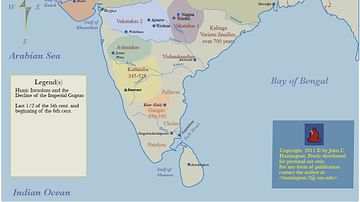
Definition
White Huns (Hephthalites)
The White Huns were a race of largely nomadic peoples who were a part of the Hunnic tribes of Central Asia. They ruled over an expansive area stretching from the Central Asian lands all the way to the Western Indian Subcontinent. Although...